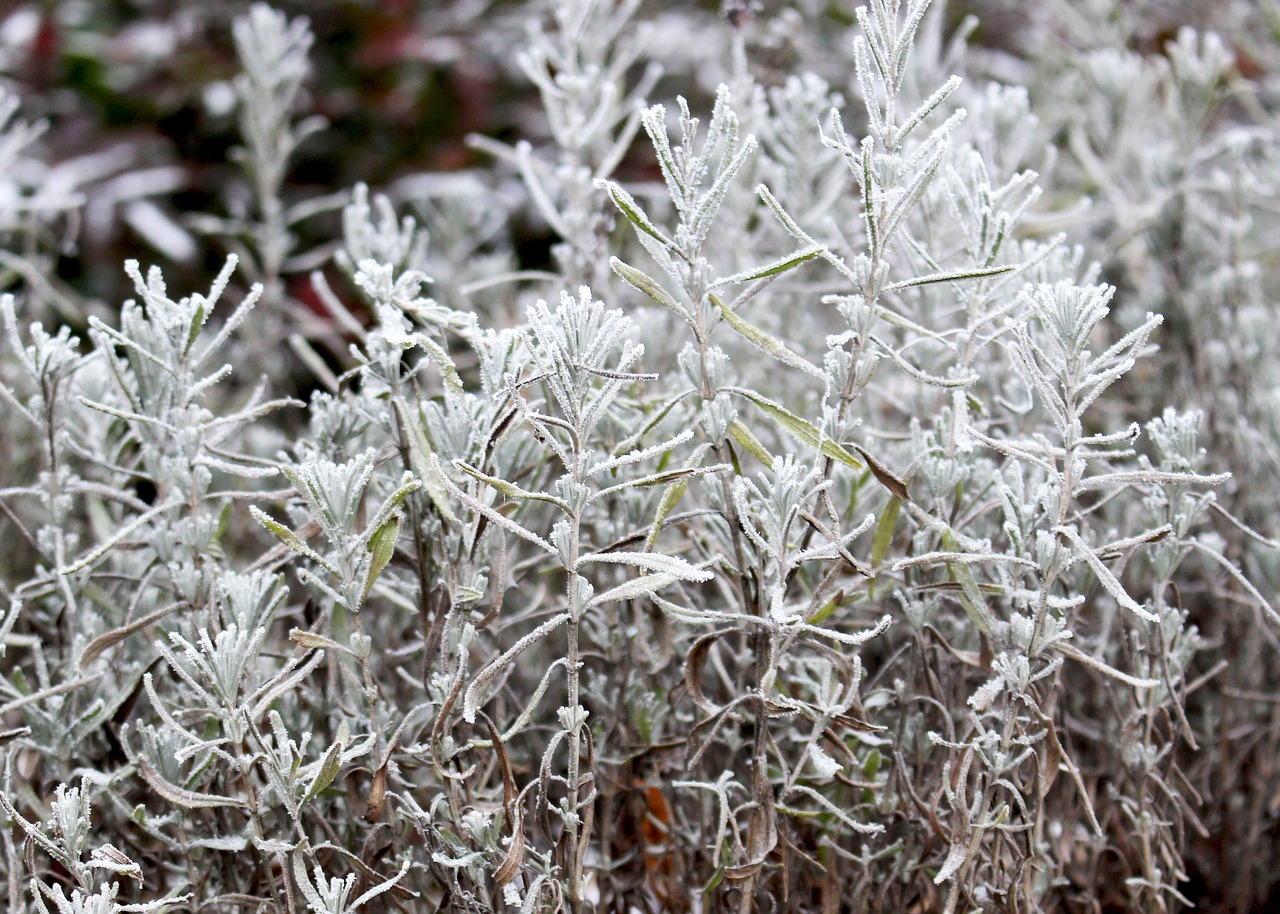Imagine you’re out in the snowy wilderness, enjoying the crisp winter air, when suddenly you feel a numbing sensation in your fingers and toes. You quickly realize you may be experiencing frostbite, but what should you do next? In this article, we will explore the most effective methods for treating frostbite and provide you with the knowledge to take immediate action and prevent further damage. So, grab your warm drink and let’s discover the best ways to combat this icy foe.

Prevention
Frostbite is a serious condition that can result in long-term complications, so it’s crucial to take preventive measures to protect yourself from this cold weather-related injury.
Understanding Frostbite
To effectively prevent frostbite, it’s important to understand what it is and how it occurs. Frostbite is a condition that happens when the skin and underlying tissues freeze due to prolonged exposure to freezing temperatures. The extremities, such as fingers, toes, ears, and nose, are most commonly affected.
Awareness of Cold Weather Conditions
Being aware of the weather conditions is essential in preventing frostbite. Check the temperature before heading outdoors and pay attention to the wind chill factor, which can increase the risk of frostbite. Remember, even if the actual temperature is above freezing, the wind chill can make it feel much colder.
Proper Dressing for Cold Environments
One of the crucial preventive measures against frostbite is dressing appropriately for cold environments. Layering your clothing can provide insulation and help regulate body temperature. Start with a moisture-wicking base layer to keep your skin dry, add a thermal layer for insulation, and top it off with a windproof and waterproof outer layer. Don’t forget to protect your extremities with gloves, thermal socks, and a hat.
Avoiding Alcohol and Smoking
Contrary to popular belief, consuming alcohol or smoking cigarettes does not keep you warm in cold weather. In fact, both alcohol and smoking can actually increase your risk of frostbite. Alcohol causes blood vessels to dilate, which can lead to increased heat loss from the body. Smoking reduces blood flow to the extremities, making them more susceptible to frostbite. It’s best to avoid these substances when venturing out into the cold.
Taking Regular Breaks from Cold Exposure
If you find yourself in a cold environment for an extended period, it’s crucial to take regular breaks to warm up. Find a warm shelter or go indoors to allow your body to recover from the cold. By giving your body a chance to warm up, you can prevent prolonged exposure to freezing temperatures and reduce the risk of frostbite.
First Aid
Knowing how to administer proper first aid for frostbite is vital in minimizing further damage and promoting healing.
Moving to a Warm Environment
If you suspect you have frostbite, the first step is to remove yourself from the cold environment and seek shelter. Find a warm place where you can begin the process of warming the affected area. It’s important not to expose the frostbitten area to extreme heat, such as direct contact with a heater or hot water, as this can cause further damage.
Avoiding Rubbing or Massaging
Although it may be tempting to rub or massage the frostbitten area to warm it up, this should be avoided. Rubbing or massaging can cause additional tissue damage and increase the risk of complications. Instead, focus on gentle handling and protecting the frostbitten area.
Elevating the Affected Area
Elevating the frostbitten area can help reduce swelling and promote blood flow. If possible, raise the affected limb above heart level to improve circulation and alleviate discomfort. Remember to wrap the area loosely with a clean, dry cloth or bandage before elevating it.
Removing Wet or Tight Clothing
Wet clothing can exacerbate the effects of frostbite by conducting cold and maintaining moisture against the skin. Remove any wet clothing and replace it with dry, loose-fitting layers to allow for proper insulation and air circulation. Avoid using direct heat sources to dry the skin, as this can cause burns.
Warming the Frostbitten Area Gradually
To begin the process of re-warming, immerse the frostbitten area in warm (not hot) water or use warm compresses. The water temperature should be around 104 to 108 degrees Fahrenheit (40 to 42 degrees Celsius). Gradually increase the water temperature as the affected area starts to regain sensation. Do not rub or vigorously massage the area, as this can cause further damage. If warming the area is not possible, warm the area using body heat from another person or by placing the affected limb against your own warm body.
Medical Treatment
After administering initial first aid, seeking medical treatment is crucial for proper management and recovery from frostbite.
Assessment and Diagnosis
A healthcare professional will assess the severity of the frostbite and determine the appropriate course of treatment. They will examine the affected area, assess tissue damage, and may order additional diagnostic tests, such as imaging or blood tests, to evaluate the extent of the injury.
Re-warming Techniques
In cases of severe frostbite, healthcare professionals may employ specialized re-warming techniques. This can include warm water immersion, the use of circulating warm water, or the application of warm air. These controlled re-warming methods promote blood flow and tissue recovery, minimizing the risk of complications.
Pain Management
Proper pain management is essential in the treatment of frostbite. Healthcare professionals may prescribe pain medications to alleviate discomfort and manage pain during the re-warming process. Over-the-counter nonsteroidal anti-inflammatory drugs (NSAIDs) can also be used to reduce pain and inflammation.
Topical Medications
In some cases, healthcare professionals may recommend the application of topical medications to the frostbitten area. These medications can help promote healing, reduce pain, and prevent infection. Common topical treatments include antibiotic ointments and specialized frostbite creams.
Oral Medications
In certain situations, oral medications may be prescribed to manage pain, reduce inflammation, or prevent infection. These medications may include opioids for severe pain, antibiotics to prevent or treat infection, and vasodilators to improve blood flow to the affected area.
Hyperbaric Oxygen Therapy
Hyperbaric Oxygen Therapy (HBOT) is a treatment option for severe frostbite that has shown promising results in recent years.
Understanding Hyperbaric Oxygen Therapy
HBOT involves breathing in pure oxygen while inside a pressurized chamber. This increases the concentration of oxygen in the blood, enhancing tissue healing and promoting the development of new blood vessels.
Efficiency in Frostbite Treatment
Research has shown that HBOT can improve healing and reduce the need for surgical interventions in severe frostbite cases. The increased oxygen delivery to the damaged tissues can aid in tissue recovery and reduce the risk of complications such as infection or tissue death.
Process and Procedure
During HBOT sessions, you will be placed in a hyperbaric chamber, typically with other patients. The chamber will be pressurized, and you will breathe in pure oxygen for a specific period, depending on the severity of your frostbite. The treatments are performed daily or multiple times a day, and the total length of therapy can vary.
Benefits and Risks
HBOT has shown positive outcomes in frostbite treatment, including reduced tissue loss, improved wound healing, and decreased pain. However, like any medical treatment, HBOT does come with potential risks. These can include ear barotrauma, sinus pain, and temporary changes in vision. It is important to discuss the benefits and risks with your healthcare provider before undergoing HBOT.
Availability and Costs
HBOT is not widely available in all healthcare facilities, and the availability may vary depending on your location. Additionally, the costs of HBOT treatment can be expensive and may not be covered by all insurance providers. It is advisable to consult with your healthcare provider and insurance company to determine the availability and potential costs associated with HBOT.

Debridement and Surgery
In severe cases of frostbite, debridement (removal of dead tissue) or surgical intervention may be necessary.
Debridement Process
Debridement involves the removal of dead or damaged tissue to promote healing and prevent infection. This procedure is typically performed by a healthcare professional and may involve the use of surgical tools or specialized ointments.
Surgical Intervention
Surgery may be required for severe frostbite cases where tissue damage is extensive or there is a risk of complications. Surgical procedures can include skin grafting, amputation, or other reconstructive techniques to restore function and appearance.
Amputation Considerations
In extreme cases where frostbite has caused extensive tissue death or life-threatening infection, amputation may be necessary. Amputation aims to remove the diseased tissue and prevent further complications. While amputation can be a difficult decision, it is important to prioritize overall health and quality of life.
Post-surgery Care
Following any surgical intervention, proper post-operative care is crucial. This can include wound care, immobilization of the affected limb, and the use of splints or casts. Your healthcare provider will provide specific instructions on how to care for the surgical site and promote healing.
Rehabilitation and Prosthetics
After surgery or extensive tissue damage, rehabilitation plays a key role in restoring function and mobility. Physical and occupational therapy can help regain strength, range of motion, and coordination. In cases where amputation has occurred, prosthetics may be considered to assist with mobility and quality of life.
Pain Management
Managing pain effectively is important during the treatment and recovery process.
Nonsteroidal Anti-inflammatory Drugs (NSAIDs)
Over-the-counter NSAIDs, such as ibuprofen or naproxen, can be effective in reducing pain and inflammation associated with frostbite. These medications should be taken as directed and only within the recommended dosage.
Opioids and Prescription Pain Medications
For severe pain, healthcare professionals may prescribe opioids or other prescription pain medications. It is important to follow the prescribed dosage and duration of use, while closely monitoring for potential side effects or dependency.
Nerve Blocks
In some cases, nerve blocks may be administered to alleviate pain. Nerve blocks involve injecting medication directly into or around nerves to numb the affected area. This can provide targeted pain relief and allow for easier wound care or rehabilitation.
Non-medication Pain Relief Techniques
In addition to medication, various non-medication pain relief techniques can be beneficial. These can include applying ice packs, using heat therapy, practicing relaxation techniques, or distraction techniques such as deep breathing exercises or guided imagery.
Physical and Occupational Therapy
Physical and occupational therapy can play a significant role in managing pain by improving strength, mobility, and overall function. These therapies can include exercises to reduce muscle tension, stretching, and joint mobilization techniques. Additionally, they can provide education on proper body mechanics and ergonomics to prevent further injury and reduce pain.

Wound Care
Proper wound care is essential in preventing infection and promoting healing for frostbite injuries.
Cleaning and Dressing Techniques
When caring for frostbite wounds, it’s important to use gentle cleaning techniques to avoid further tissue damage. Clean the affected area with mild soap and lukewarm water, removing any debris or loose tissue. Pat the area dry with a clean cloth and apply a sterile dressing or bandage.
Moist Wound Healing
Moist wound healing is often recommended for frostbite injuries, as it helps promote healing and prevents scabbing or drying of the wound. Use sterile gauze or hydrogel dressings to maintain a moist environment and facilitate the growth of new tissue.
Antibiotic Considerations
In cases where infection is present or suspected, healthcare professionals may prescribe antibiotics to prevent or treat bacterial infection. It’s important to take the prescribed antibiotics as directed and complete the full course, even if the wound starts to heal.
Negative Pressure Wound Therapy
Negative Pressure Wound Therapy (NPWT) is a treatment option that uses a vacuum to promote wound healing. It involves applying a special dressing and connecting it to a device that creates a controlled vacuum. NPWT can help remove excess fluid, stimulate blood flow, and promote tissue growth in frostbite wounds.
Advanced Wound Care Options
In some cases, advanced wound care options may be recommended for severe or non-healing frostbite wounds. These can include growth factors, bioengineered tissues, or skin substitutes to promote healing and tissue regeneration. Your healthcare provider can assess the appropriateness of these options based on your specific condition.
Follow-up Care
Continued monitoring and follow-up care are essential to ensure proper healing and prevent complications.
Monitoring Tissue Recovery
During follow-up appointments, healthcare professionals will assess the progress of tissue recovery and healing. They will examine the affected area, check for signs of infection or complications, and monitor sensation and functionality.
Preventing Infection
Preventing infection is a vital aspect of follow-up care for frostbite injuries. Your healthcare provider may provide instructions on wound care, including dressing changes, and prescribe antibiotics or antibacterial ointments if necessary. It’s important to follow these instructions diligently to minimize the risk of infection.
Ongoing Wound Care
Depending on the severity of your frostbite, ongoing wound care may be necessary. This can involve regularly changing dressings, cleaning the wound with mild soap and water, and applying prescribed ointments or topical treatments. Proper wound care can promote healing and prevent further complications.
Rehabilitation and Physical Therapy
As the healing process progresses, rehabilitation and physical therapy may be recommended. These therapies can help restore strength, flexibility, and function in the affected area. Your healthcare provider or therapist will develop a personalized rehabilitation plan tailored to your specific needs and goals.
Psychological Support
Frostbite injuries can have a significant impact on mental and emotional well-being. Coping with the physical limitations and potential long-term consequences can be challenging. Seeking psychological support, such as counseling or support groups, can be valuable in managing the emotional aspects of recovery and promoting overall well-being.
Long-term Complications
Frostbite can lead to various long-term complications, which may require ongoing management and care.
Infection
Infections are a common complication of frostbite, and they can occur during the initial stages or later in the healing process. Prompt treatment of infections is essential to prevent further tissue damage and minimize the risk of systemic infection.
Permanent Nerve Damage
Frostbite can cause long-term damage to nerves, resulting in chronic pain, numbness, or hypersensitivity in the affected area. Managing nerve damage may involve medications for pain relief, nerve blocks, or other specialized treatments directed at nerve regeneration or pain management.
Delayed Healing and Tissue Death
Severe frostbite injuries can lead to delayed healing or tissue death, known as necrosis. This can result in the need for further surgical interventions, such as debridement or amputation. Consulting with healthcare professionals and adhering to proper wound care and follow-up appointments can help minimize these complications.
Chilblains and Raynaud’s Phenomenon
Chilblains and Raynaud’s Phenomenon are conditions that can develop as a result of frostbite. Chilblains are painful, itchy red or purple patches that occur when exposed to cold air, while Raynaud’s Phenomenon causes the blood vessels in the extremities to narrow in response to cold temperatures. Managing these conditions may involve lifestyle modifications, medication, or other treatments recommended by healthcare professionals.
Post-traumatic Stress Disorder (PTSD)
Experiencing a severe frostbite injury can be a traumatic event, leading to psychological distress and the development of post-traumatic stress disorder. It’s important to seek psychological support and counseling to help manage the emotional aftermath of a frostbite injury. Psychotherapy or medications may be recommended to address PTSD symptoms and promote overall well-being.
Preventing Recurrence
Learning from your experience and implementing preventive measures can help prevent frostbite from recurring in the future.
Learning from Experience
Reflecting on the circumstances that led to the frostbite injury can provide valuable insight and help you avoid similar situations. Consider the factors that contributed to the injury, such as inadequate clothing, prolonged exposure to cold, or engaging in risky behaviors. By identifying these factors, you can make informed decisions and take appropriate precautions in the future.
Implementing Preventive Measures
Applying the knowledge gained from your frostbite experience, it is important to implement preventive measures to reduce the risk of recurrence. This can include dressing appropriately for the weather, avoiding risky behaviors and substances, taking regular breaks from cold exposure, and staying informed about cold weather conditions. By taking proactive steps, you can minimize the chances of experiencing frostbite again.
Continued Vigilance in Cold Environments
Even if you have recovered from a frostbite injury, it’s essential to remain vigilant in cold environments. Being aware of temperature changes, wind chill factors, and the signs of cold injury can help you respond appropriately and prevent further damage. Don’t underestimate the power of the cold and always prioritize your safety.
Education and Awareness
Education plays a crucial role in preventing frostbite. Stay informed about frostbite prevention techniques, the signs and symptoms of frostbite, and first aid measures. Share this knowledge with others and help raise awareness in your community, workplace, or among outdoor enthusiasts. By increasing awareness, you can contribute to a safer environment for everyone.
Seeking Professional Advice
If you have concerns or questions about preventing frostbite or managing your specific situation, don’t hesitate to seek professional advice. Consult with healthcare providers, such as primary care physicians or specialists in cold weather injuries, who can provide tailored recommendations based on their expertise and your individual needs.

